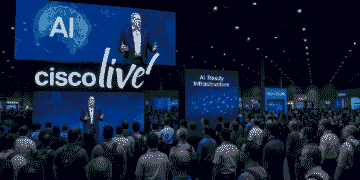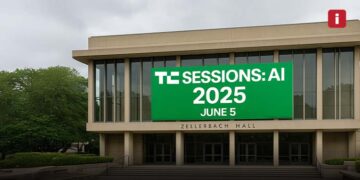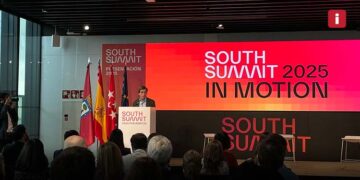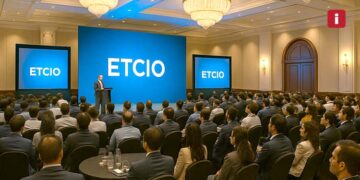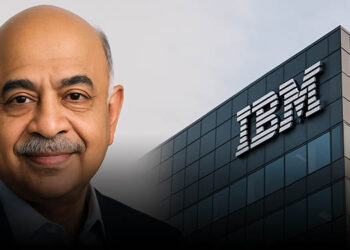India’s quick commerce sector is in overdrive, and the competition is intensifying between two of the biggest players Blinkit and Zepto. Once a novelty, 10-minute grocery delivery has now become an everyday convenience for urban Indians. With millions of users, billions in Gross Order Value (GOV), and fierce investor interest, the battle for market leadership is more intense than ever.
A recent report by CLSA confirms what many in the industry suspected: Blinkit has taken a commanding lead, but Zepto is scaling up fast and positioning itself as a serious contender.
Let’s break down what’s happening in India’s fastest-growing internet segment.
Blinkit Crosses 30 Million Weekly Users
In May 2025, Blinkit crossed a major milestone of 30 million weekly active users (WAUs). This puts it nearly at par with its parent company, Zomato, in terms of user scale. But perhaps more impressive is how far ahead Blinkit now is compared to its competitors.
In January 2025, Blinkit led the quick commerce race by just 1.79 million WAUs. Fast forward to the end of May, and that lead has ballooned to 7.7 million WAUs the largest user gap ever recorded in India’s quick commerce history, according to CLSA.
This growth reflects more than just user acquisition; it signals brand loyalty, operational efficiency, and product-market fit.
Zepto | From Underdog to Contender
While Blinkit celebrates its lead, Zepto is rapidly closing in. The Mumbai-based startup has overtaken Swiggy Instamart, traditionally Blink It’s closest rival, to become the second-largest player in terms of order volume and user engagement.
CLSA data from March 2025 shows:
- Blinkit: 1.65–1.75 million daily orders
- Zepto: 1.45–1.55 million daily orders
- Swiggy Instamart: 1.05–1.15 million daily orders
In a sector where every second and every order counts, Zepto’s rise is remarkable. With strong brand resonance in urban areas, reliable delivery, and app-friendly features, Zepto is becoming the go-to choice for young, time-sensitive customers.
Market Share and Revenue Show the Bigger Picture
User numbers only tell half the story. Let’s look at the money side — the Gross Order Value (GOV):
- Blinkit (Q2 FY25): ₹6,132 crore GOV — a 122% YoY increase.
- Zepto (Annualized): Estimated ₹24,500 crore (~$3 billion).
- Swiggy Instamart (Q2 FY25): ₹3,382 crore.
With a 41% market share, Blinkit leads the pack. Swiggy Instamart holds 23%, but that number may drop if Zepto’s growth continues at the current pace. Zepto’s market share hasn’t been officially published, but analysts estimate it’s now close to Blinkit’s — possibly even surpassing Instamart.
The numbers clearly indicate that India’s quick commerce market is consolidating into a two-horse race.
The Blinkit-Zomato Advantage
One major reason for Blinkit’s dominance is its deep integration with Zomato. The synergy offers shared:
- Logistics fleets and warehouses
- Customer data and analytics
- Unified marketing campaigns
- Brand trust and recall
Moreover, Zomato has been heavily investing in Blinkit’s expansion. Blinkit plans to scale up to 2,000 dark stores by December 2025, significantly improving delivery coverage and speed in metros and Tier-2 cities.
This logistical and infrastructural scale gives Blinkit a distinct advantage — one that standalone rivals will find hard to match.
Zepto’s Strategy | Quality, Not Just Quantity
What makes Zepto stand out is not just its speed, but its tight focus on urban execution. With a younger, premium brand image, Zepto is winning over India’s top-tier customers who expect punctuality, fresh products, and app-level experience.
Zepto’s approach includes:
- Hyperlocalized inventory tailored to neighborhood demands
- Real-time AI-based stock and route management
- Low delivery times in traffic-heavy zones
- High customer satisfaction in Mumbai, Bengaluru, and Delhi NCR
While Blinkit focuses on scaling fast, Zepto is optimizing city by city. Its growth playbook seems designed not just to grow quickly but to stay efficient and profitable while doing so.
Swiggy Instamart Falling Behind?
Once considered a top competitor, Swiggy Instamart is now clearly behind in both usage and order volumes. While Swiggy has a robust delivery infrastructure, its focus seems split between food delivery and quick commerce, possibly limiting its ability to compete head-on with focused players like Blinkit and Zepto.
Unless Swiggy reinvests or innovates aggressively, it risks losing long-term relevance in the quick commerce race.
The Real Winner? The Indian Consumer
With Blinkit and Zepto in fierce competition, Indian consumers are enjoying better delivery speeds, more choices, and improved app experiences. Whether it’s last-minute groceries, personal care items, or household essentials, consumers today have access to high-quality, near-instant delivery, something unimaginable just three years ago.
What’s Next for Quick Commerce in India?
Looking ahead, the quick commerce space is set for further transformation:
- Consolidation: We may see mergers, acquisitions, or exits from smaller players.
- AI-powered logistics: Companies are investing in predictive demand planning and smart inventory.
- Rural penetration: While Tier-1 cities are saturated, Tier-2 and Tier-3 towns are the next frontier.
- Profitability push: Investors now expect sustainability, not just scale.
Both Blinkit and Zepto will need to balance growth with margin discipline, especially as investor scrutiny increases and funding becomes selective.
Final Thoughts
India’s quick commerce industry in 2025 is no longer a niche — it’s a core vertical of consumer tech. Blinkit’s surge to 30 million users shows how deeply these platforms have embedded themselves into Indian lifestyles. At the same time, Zepto’s momentum is a clear reminder that market leadership is always temporary in the digital world.
With billions at stake and millions of daily users, this Blinkit vs Zepto story is just getting started.


















